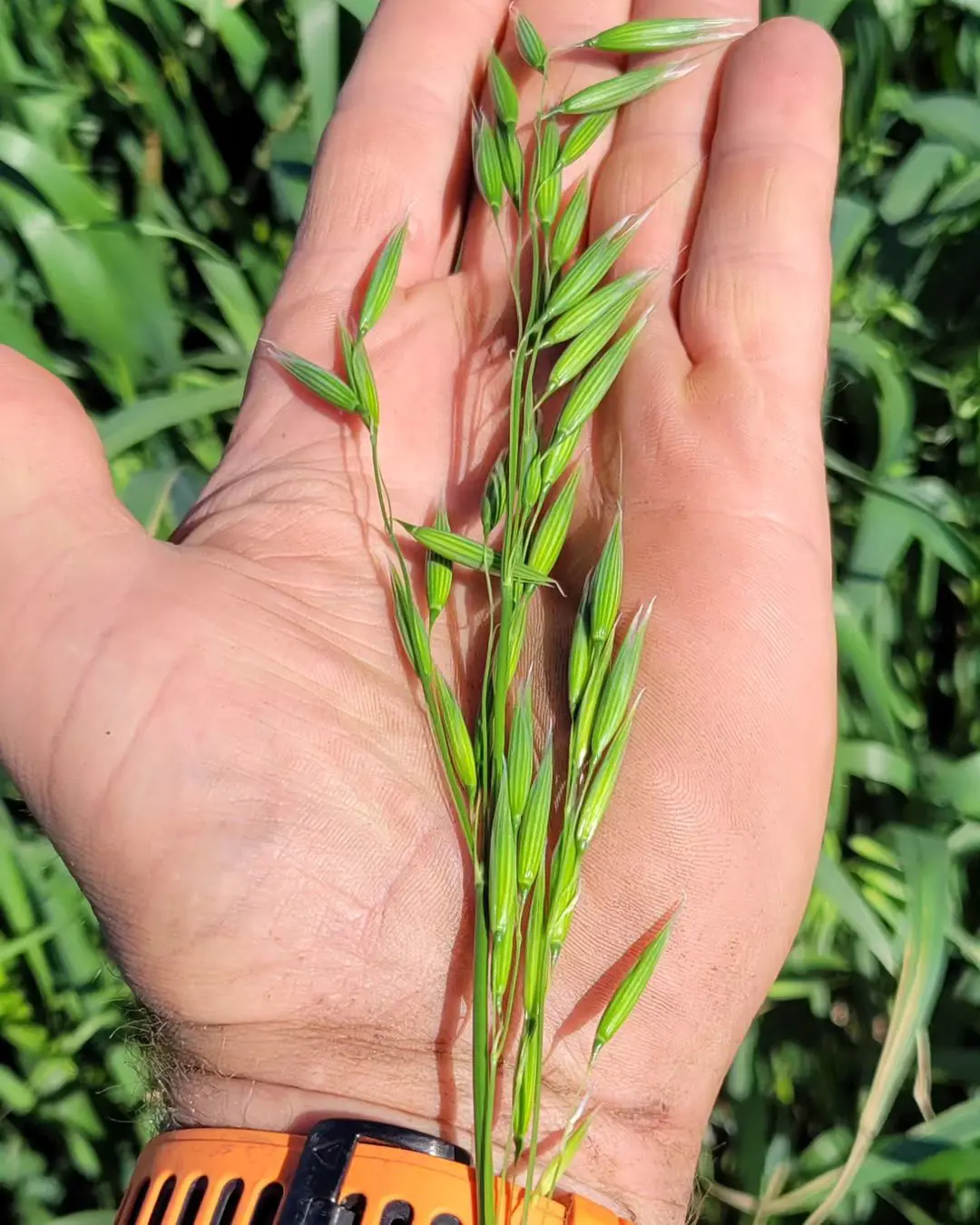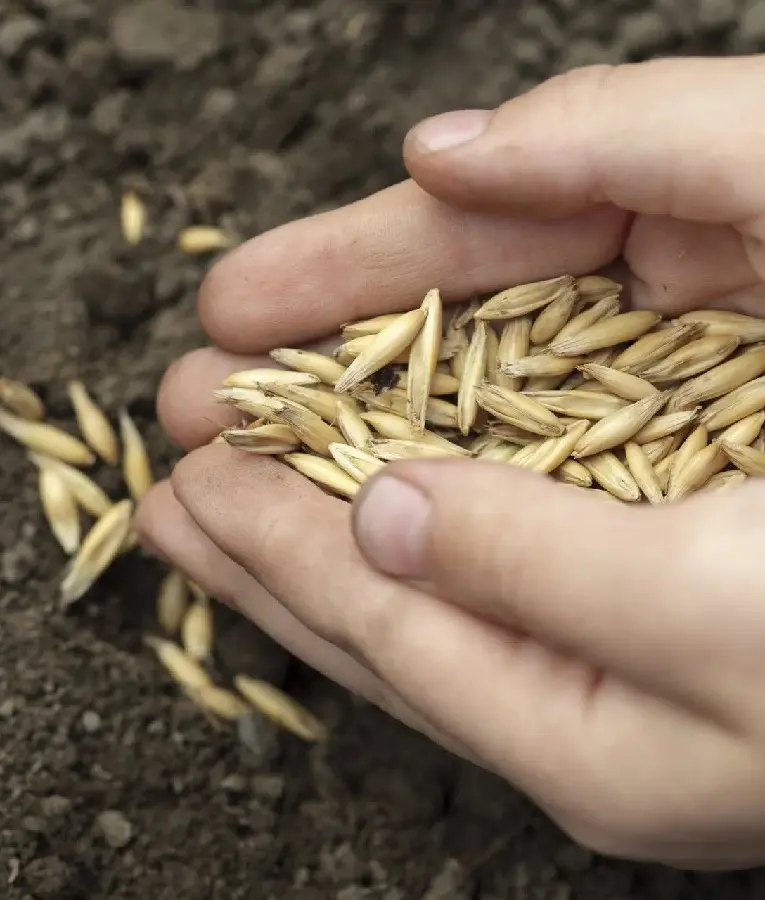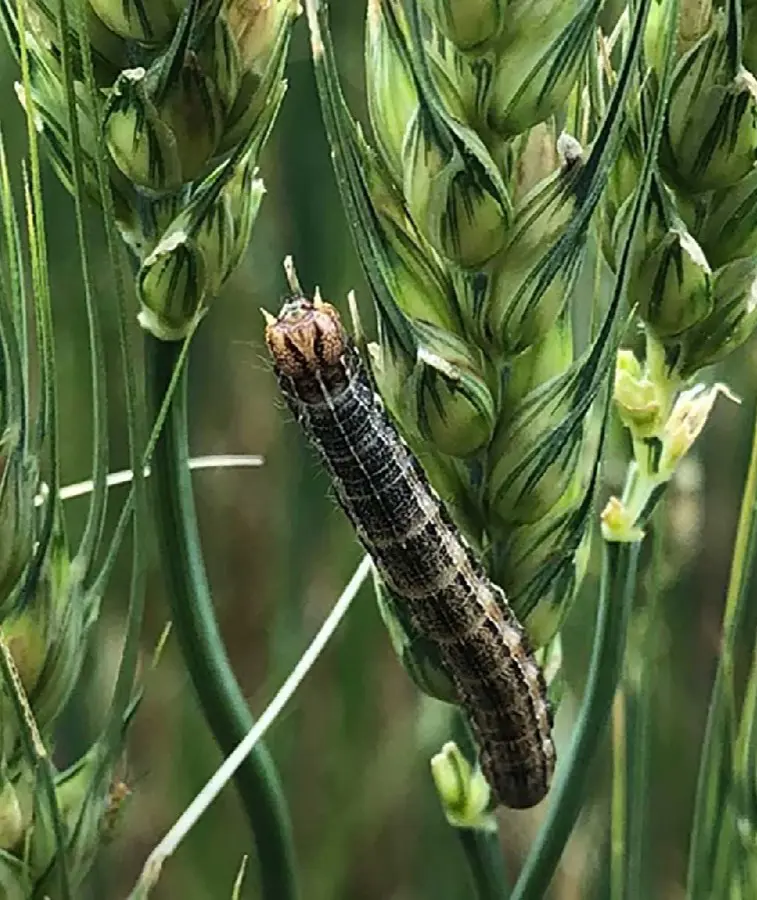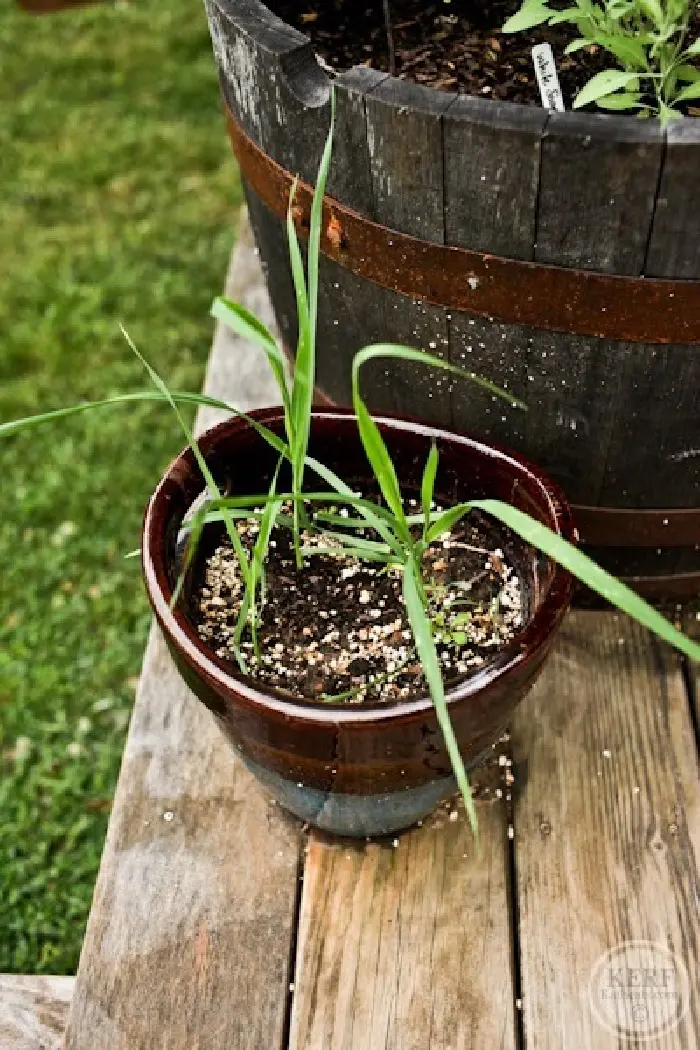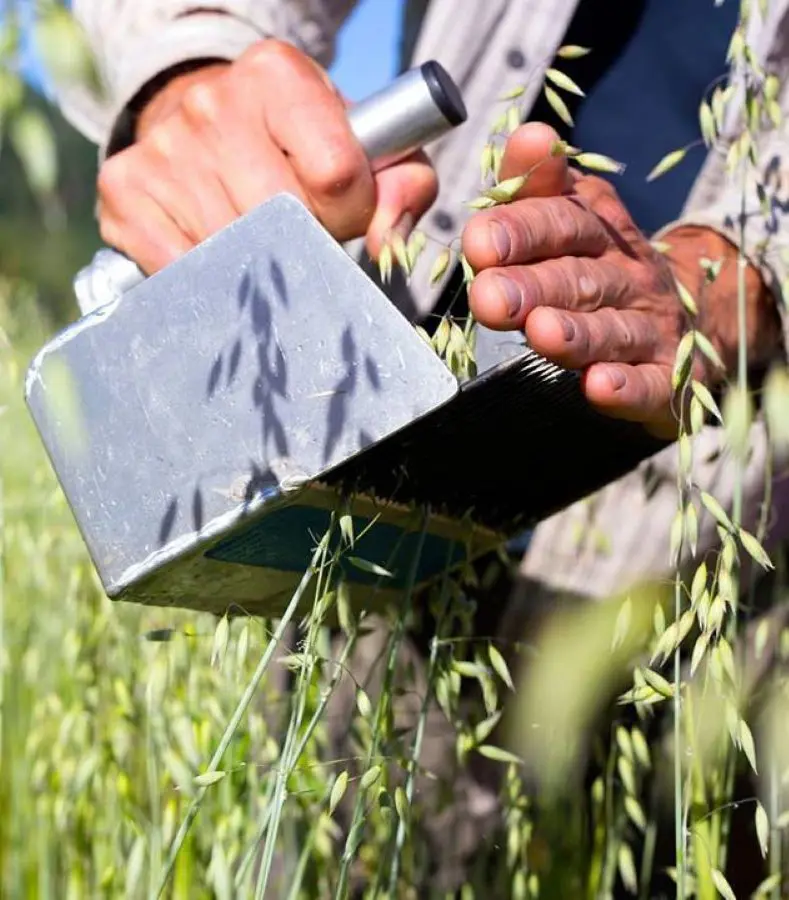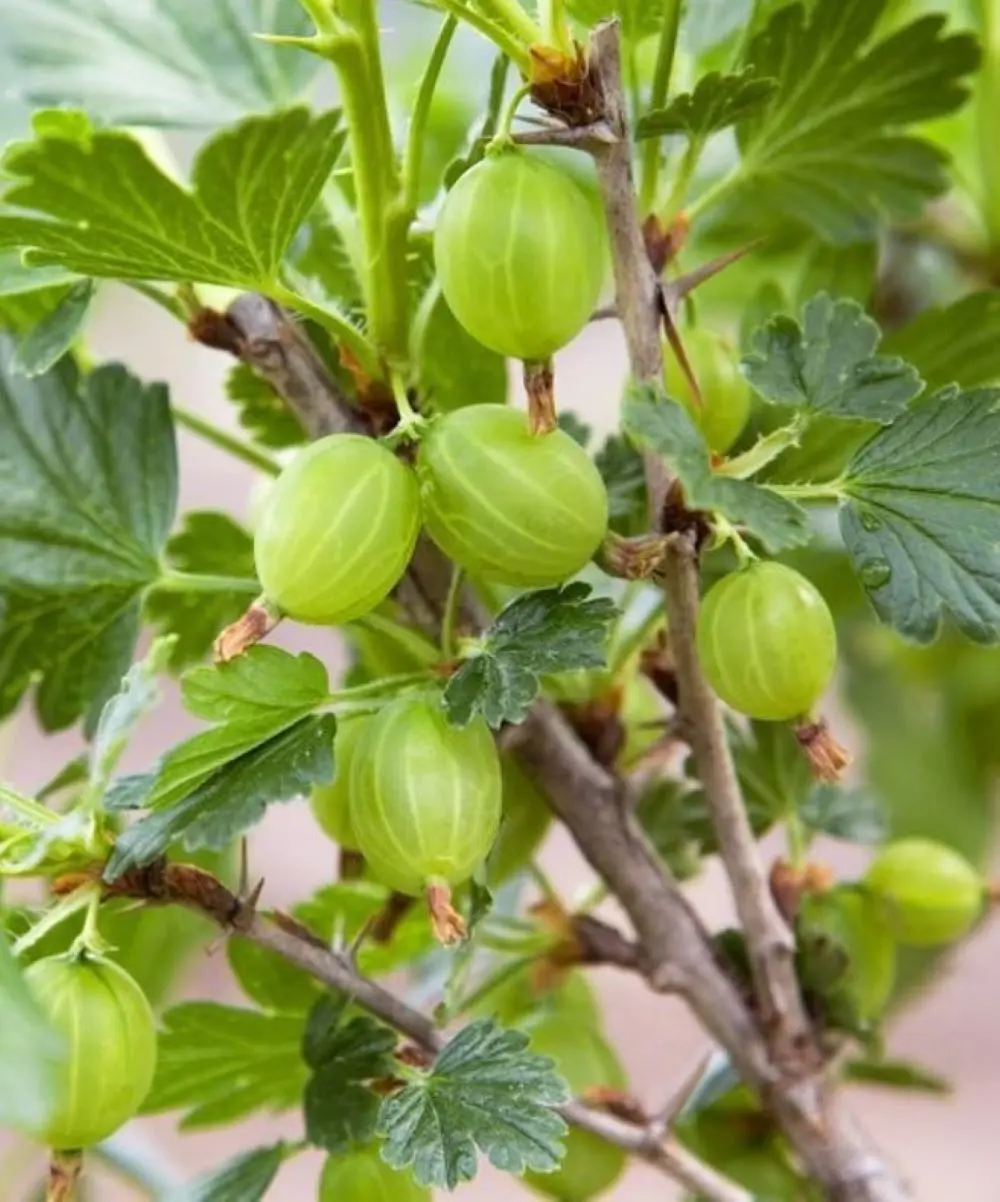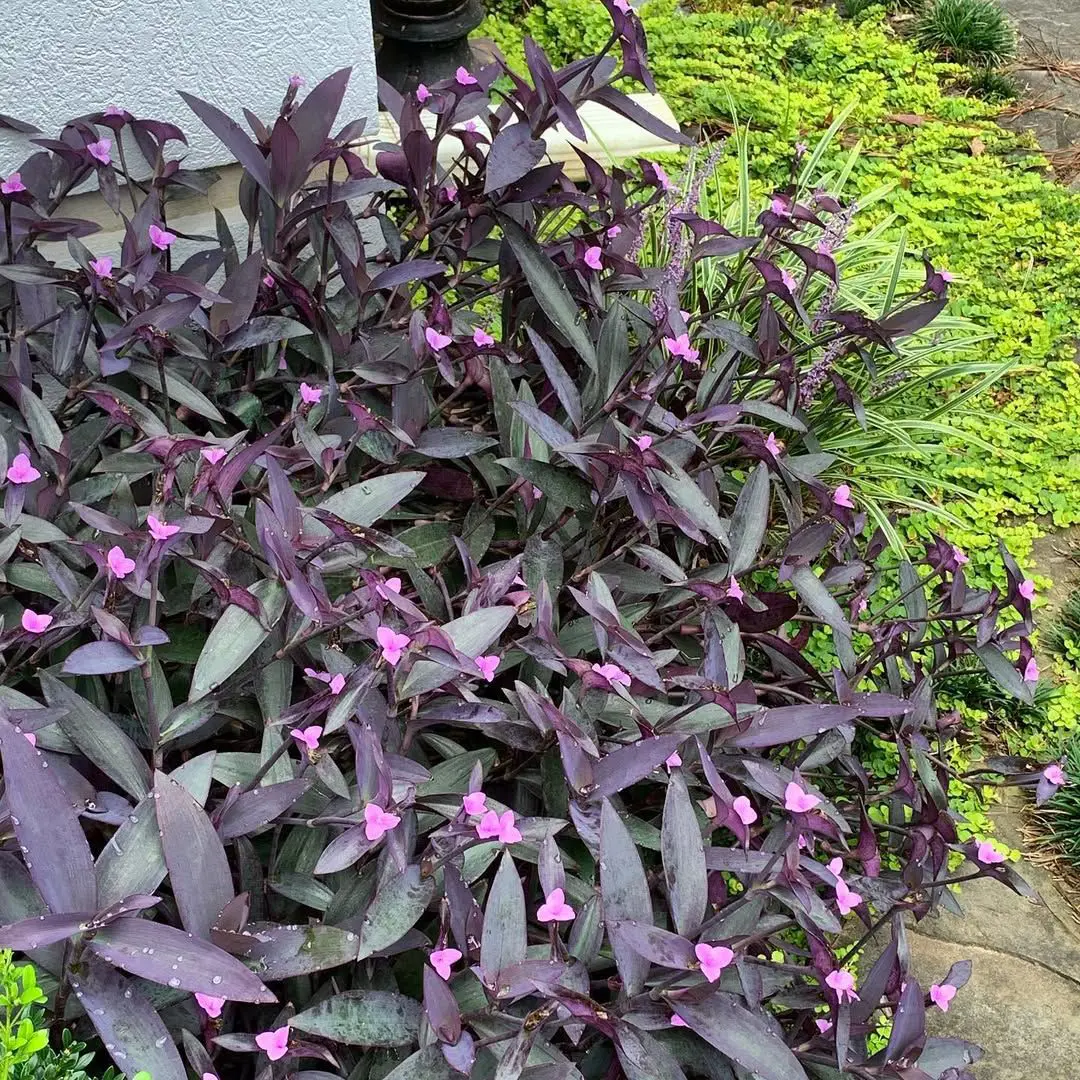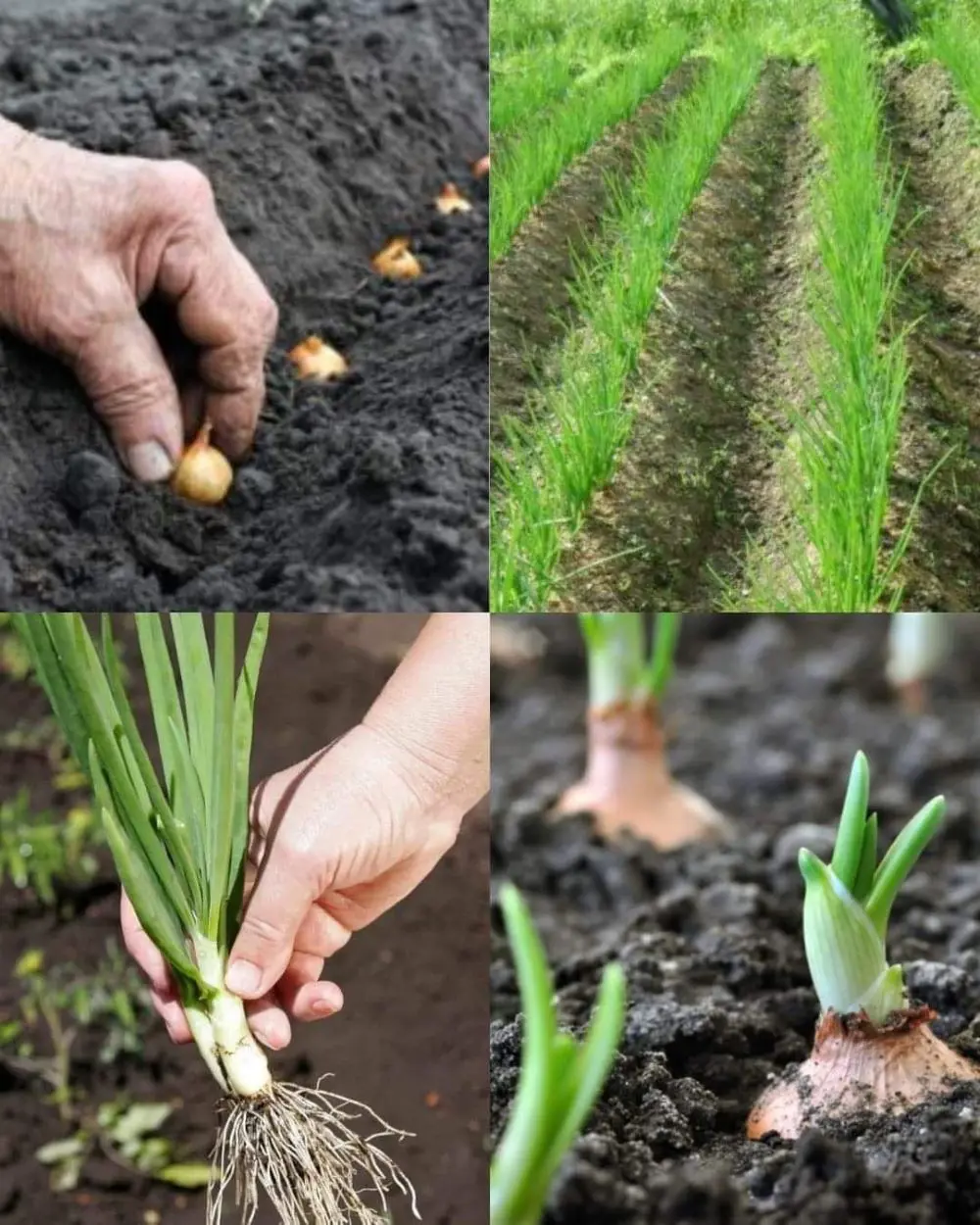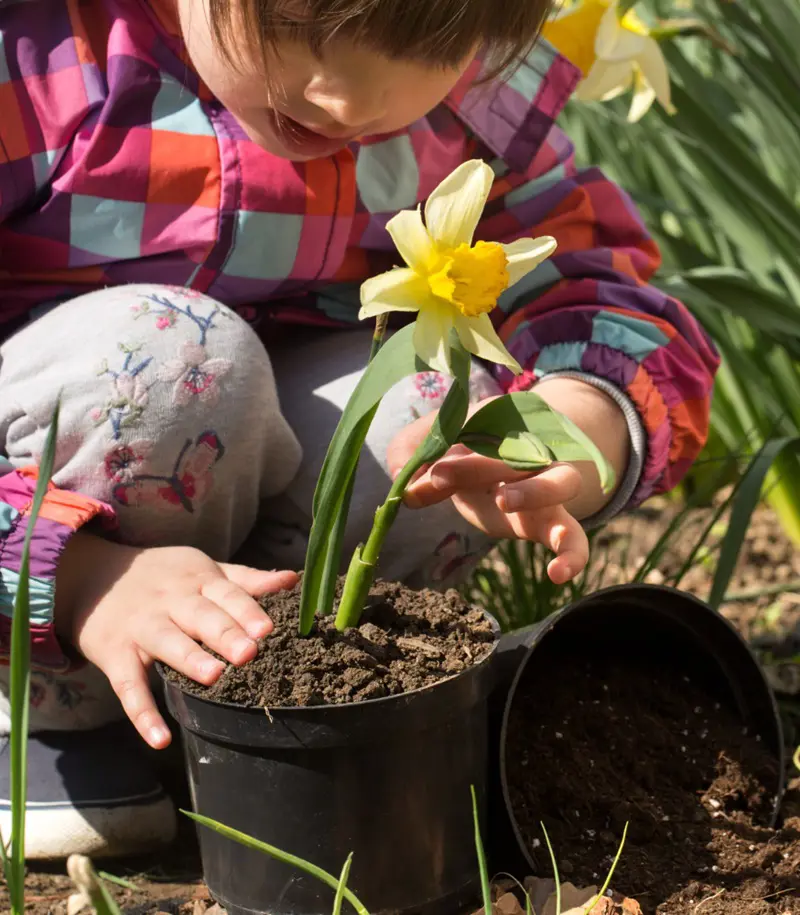Where & When To Plant Oats
Where and when you plant oats can affect your success rate. These are some factors you should consider when growing oats.
Climate
Oats are a cool-season crop and thrive in colder climates. They are well-suited for many USDA hardiness zones 3 to 8. These zones offer the ideal conditions for oat cultivation, providing cool spring temperatures for germination and moderate summer temperatures for optimal growth.
Growing oats in zone 8 and above can be challenging due to higher temperatures and the potential for diseases. Similarly, cooler zones below 3 have harsh winters that oats cannot tolerate, which might affect yield.
Light
Oats are sun-loving plants. They thrive in conditions with ample sunlight. They should receive at least 6-8 hours of direct sunlight daily for healthy growth, robust plants, and maximum yield.
Oats can tolerate partial shade if you can only manage a location with partial sunlight, but their growth and yield may be reduced compared to full sun conditions. Consider choosing a variety known for its tolerance to shade. If the plants appear small and weak or have pale green leaves, they might not receive enough sunlight.
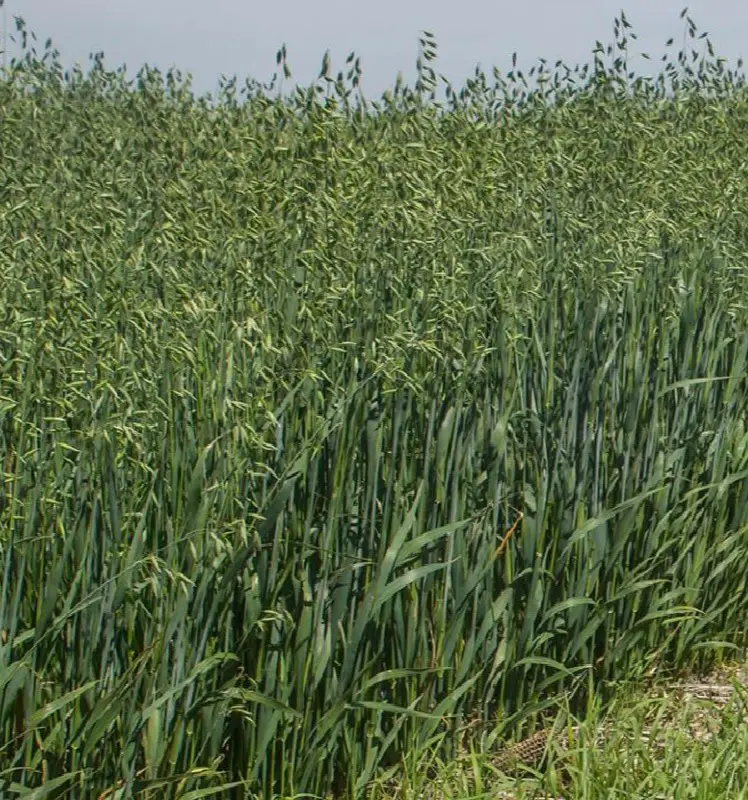
Spacing
Oats are relatively adaptable and do not require enormous space. Their seeds are sown about 1/4 inch (0.64 cm) apart, and rows should be about 7.5 to 12 inches (19-30 cm) apart. A plot of about 4 square feet (0.37 square meters) can provide enough oats for a small family.
Still, the required space will increase proportionally to your desired yield. You might want to allocate a large area if you need more yield for feeding animals or baking.
Soil
As much as oats are adaptable in various soil conditions, it is better to maintain certain conditions for optimal growth. The soil has to be well-draining to prevent root rot. It has to be loamy with a good balance of sand, silt, and clay, providing adequate drainage and nutrient retention.
Oats can tolerate a wider pH range than other grains like wheat or barley, but a pH between 6.0 and 7.0 is ideal. Additionally, soil rich in organic matter will support better growth and yield.
Planting Time
Oats thrive in climates with cool, moist springs or moderate summers. These plants germinate best in cold, damp conditions. While they can tolerate warmer temperatures once established, excessive heat can reduce yield.
These plants should be planted in early spring as soon as the soil can be worked or in late summer or early fall as a cover crop to improve soil health. Do note that the planting time also depends on your location's climate and purpose.
